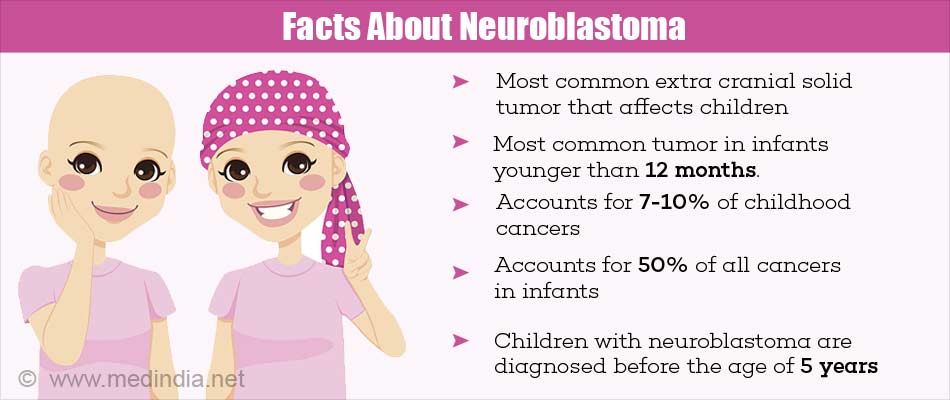Cancer survivors at
increased risk for endocrine diseases
Adolescent and young adult cancer
survivors had a higher than expected rate of hospital contact for endocrine
diseases, including thyroid disease, testicular dysfunction and diabetes,
according to a Danish population-based study.
Adolescent and young adult cancer
survivors — defined as those who had a cancer diagnosis when aged 15 to 39
years — differ from younger and older patients with cancer in terms of biology,
epidemiology and clinical outcomes. This population also is at risk for
long-term morbidity associated with their cancer or cancer treatment.
Danish investigators followed 32,548
adolescent and young-adult 1-year cancer survivors (43.1% male) from the Danish
Patient Registry for a median of 10 years (range, 0-34). For a control cohort,
the investigators also assessed 188,728 cancer-free participants (43.8% male)
for a mean of 15 years (range, 0-34).
Overall, 6.5% of cancer survivors had
at least one hospital contact for an endocrine disease, whereas researchers
expected a hospitalization rate of 3.8% (rate ratio [RR] = 1.73; 95% CI,
1.65-1.81).
Male survivors appeared to be at a
higher risk for an endocrine disease than female survivors (RR = 2.41; 95% CI,
2.23-2.61 vs. RR = 1.46; 95% CI, 1.38-1.55).
Researchers observed the highest RRs
among cancer survivors for testicular hypofunction (75.12; 95% CI,
45.99-122.7), ovarian hypofunction (14.65; 95%CI, 8.29-25.86) and pituitary
hypofunction (11.14; 95% CI, 8.09-15.34).
When evaluated as the proportion of
absolute excess risks, the leading reasons for hospital contacts included
thyroid disease (38%), testicular dysfunction (17.1%) and diabetes (14.4%).
Survivors of leukemia had the highest
risk for any endocrine disease (RR = 3.97; 95% CI, 3.1-5.09), followed by
survivors of Hodgkin lymphoma (RR = 3.06; 95% CI, 2.62-3.57) and survivors of
brain cancer (RR = 3.03; 95% CI, 2.53-3.64).
Hodgkin lymphoma survivors had the
highest risk for hypothyroidism (absolute excess risk, 362 per 100,000
person-years; 95% CI, 280-443).
This knowledge can help clinicians
and patients with the highest risk to be more aware of symptoms so that
endocrine diseases can be diagnosed early. Thus, patients will receive the
right treatment earlier and hopefully prevent more severe sequelae.
https://www.healio.com/hematology-oncology/practice-management/news/in-the-journals/%7B3b51ff75-2ea4-491d-ada0-b675a5ea4bb5%7D/cancer-survivors-at-increased-risk-for-endocrine-diseases
 Although the exact cause of pancreatic cancer is not known, smoking is the main risk factor, with smokers at least 2 times more likely to have the disease than nonsmokers. Age is also related, with the disease usually striking after age 45. Diabetes is also linked to pancreatic cancer since it's a risk factor, and it can also be a symptom of the disease. Other risks include chronic pancreatitis and cirrhosis of the liver. And family history of pancreatic cancer, high fat diet, obesity, and lack of exercise may also play a part.
Although the exact cause of pancreatic cancer is not known, smoking is the main risk factor, with smokers at least 2 times more likely to have the disease than nonsmokers. Age is also related, with the disease usually striking after age 45. Diabetes is also linked to pancreatic cancer since it's a risk factor, and it can also be a symptom of the disease. Other risks include chronic pancreatitis and cirrhosis of the liver. And family history of pancreatic cancer, high fat diet, obesity, and lack of exercise may also play a part.


